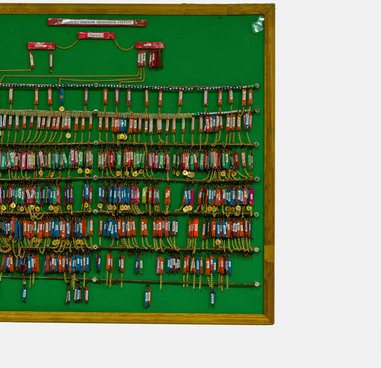The casual costume of women of non-noble origin consisted of a body shirt (janekIaku), wide trousers (gonchej), a shirt or dress (jan), shoes (tsuake), and a scarf (shkhetekh) or a cap (dyshe palu) as the headdress.
Girls and women from noble families were not burdened with hard work, so they could wear the full set even at home. They wore a caftan (kIekI) decorated with metal clasps (tyzhyn kiyu) over the shirt, and a swing dress fitted at the waist with a belt (tyzhyn bgyryph) and paddle-shaped armbands (sai). The hem and sleeves of the dress were decorated with a rich pattern. The outfit was completed with hats of various types and all kinds of jewelry. Women of non-noble origin could wear the full costume only during holidays. The quality of their festive costume and the number of clothing articles in them were different from the ones worn every day. During holidays even poor people tried to complement their outfits with carefully preserved and rarely used items of clothing.
By the end of the 19th century, the caftan was replaced by a dense shirtfront that imitated it. About 16 pairs of fasteners with cast silver loops, which descended from the standing collar to the belt, were sewn on it. Only when the shirtfront was tightly pulled could these fasteners be buttoned — thus creating a snug fit.
At the beginning of the 20th century, the length of the fasteners or their imitations began to vary according to the shape of the dress’s neckline, under which a shirtfront was worn. Later overhead filigree was used and the fasteners began to be inlaid with stones or colored glasses.
The shirtfront from the collection of the Adygeysk Museum of Local Lore is made of burgundy velvet. The top clasp has a curly shape. The curls are decorated with etchings and niello. Six identical pairs of fasteners are sewn onto the shirtfront. The belt is made of cloth and has a metal buckle. The pendants on the shoulders are metal, round, with a six-pointed star in the middle and two decorative circles hanging below them. The shirtfront was made by the Janet Cooperative and has been kept in the museum since 1993.

